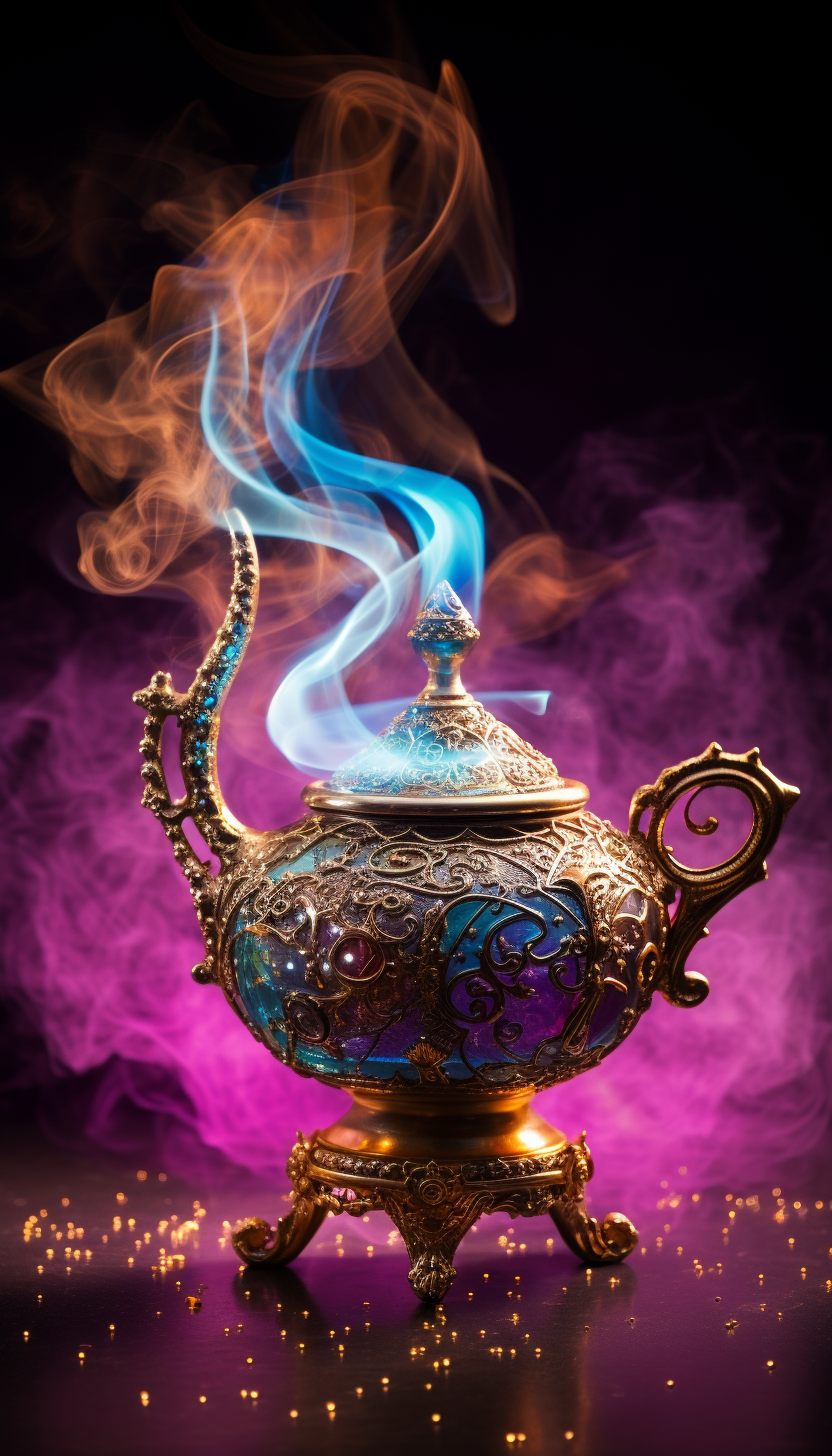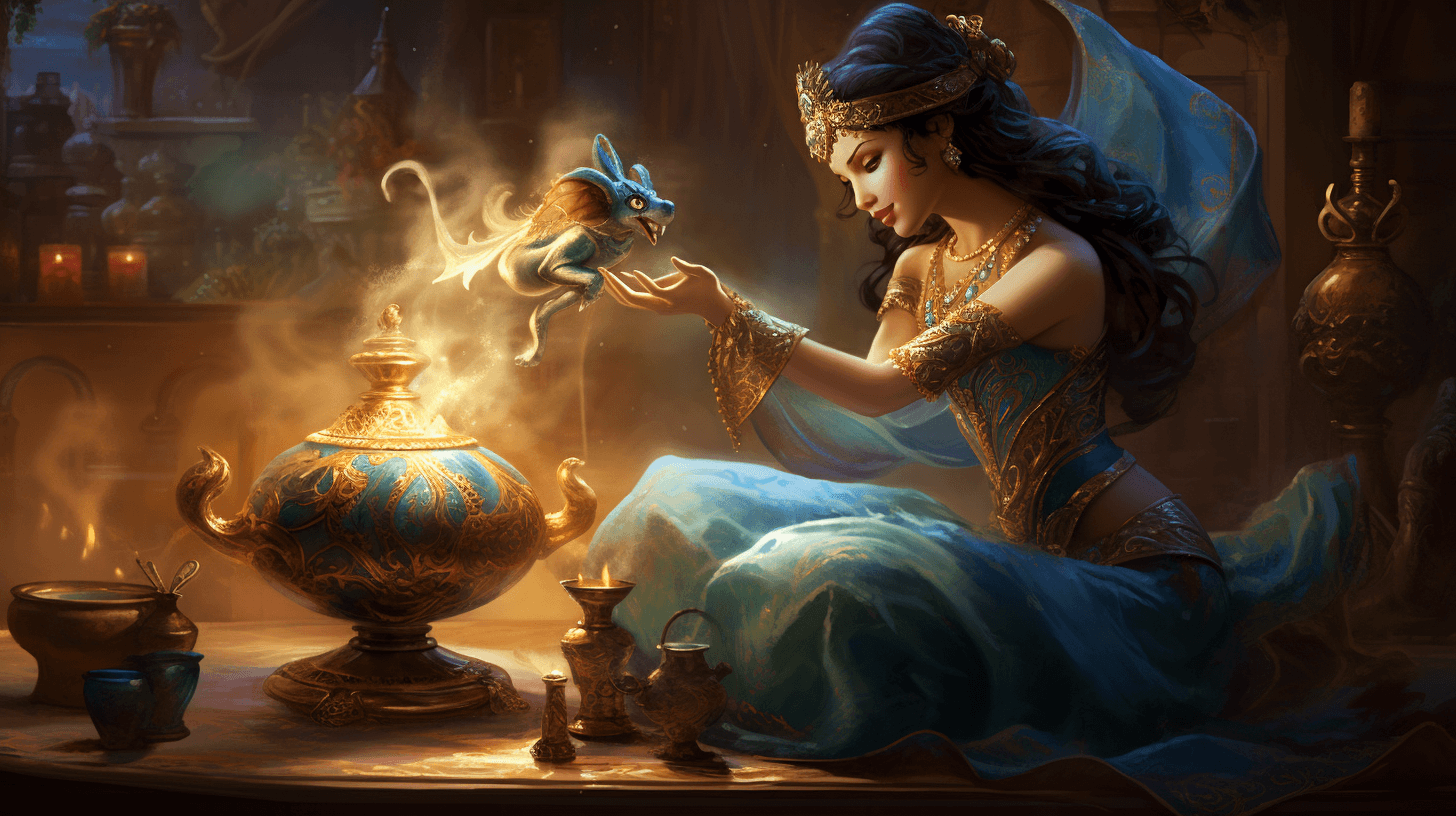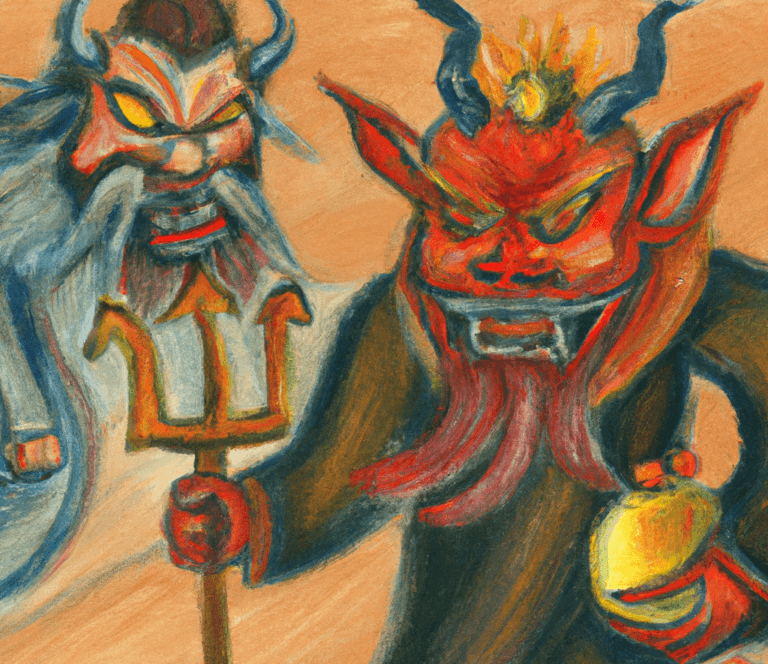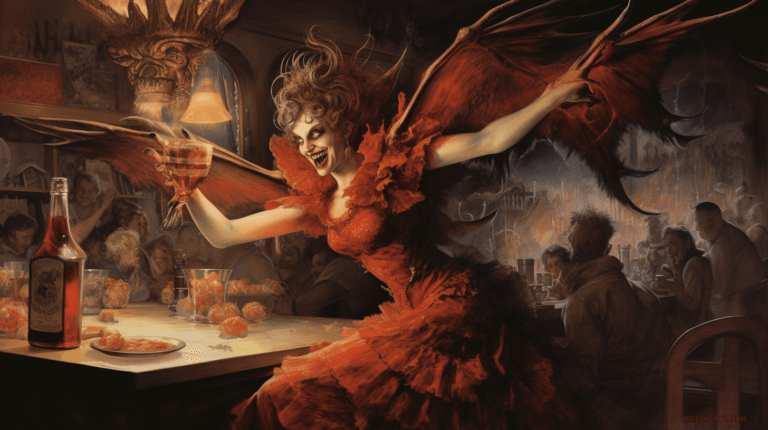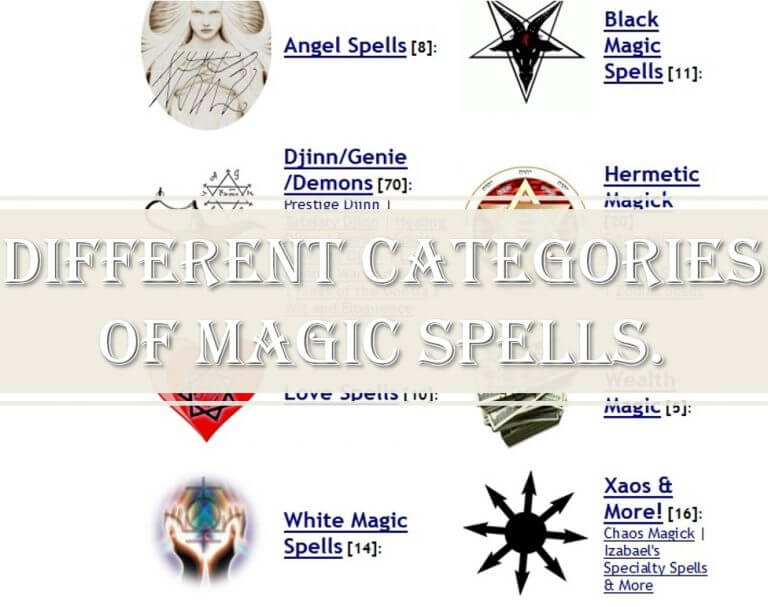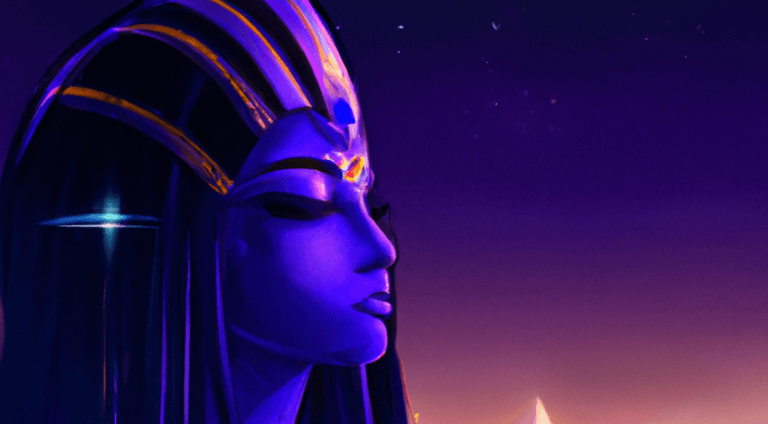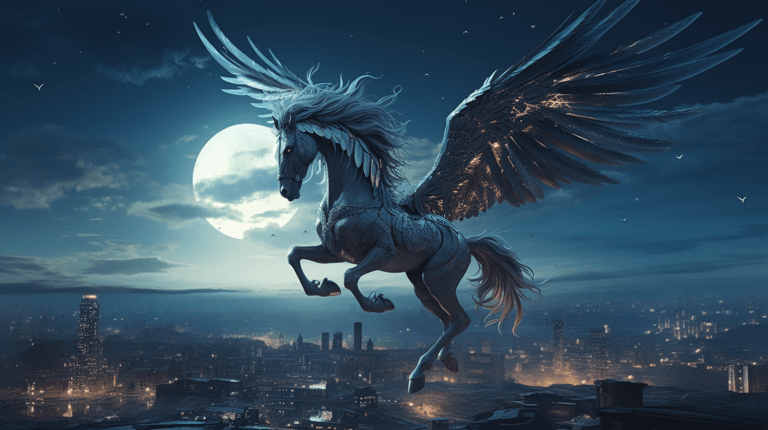The Enigmatic History of Genies: From Ancient Lore to the Goetia
Genies, often associated with granting wishes and residing in magical lamps, have captivated the human imagination for centuries. These mystical beings, also known as jinn or djinn, have a rich and diverse history steeped in folklore and mythology. This article delves into the intriguing origins and evolution of genies, shedding light on their historical significance and their inclusion in the Goetia, a notable grimoire of ceremonial magic.
Ancient Origins and Mythological Influences:
The concept of genies finds its roots in ancient Arabian mythology, where jinn were believed to be powerful spirits capable of influencing human lives. In Arabian folklore, jinn were depicted as shape-shifters, inhabiting desolate places such as abandoned ruins, caves, and oases. They were considered to be neither wholly good nor evil, possessing free will and exhibiting various traits.
The Quran, the holy book of Islam, also refers to jinn, portraying them as beings created from smokeless fire, living in a parallel realm alongside humans. Islamic traditions emphasize that jinn, like humans, have the ability to choose between righteousness and wickedness. These ancient mythological influences laid the foundation for the later interpretations and depictions of genies in popular culture.
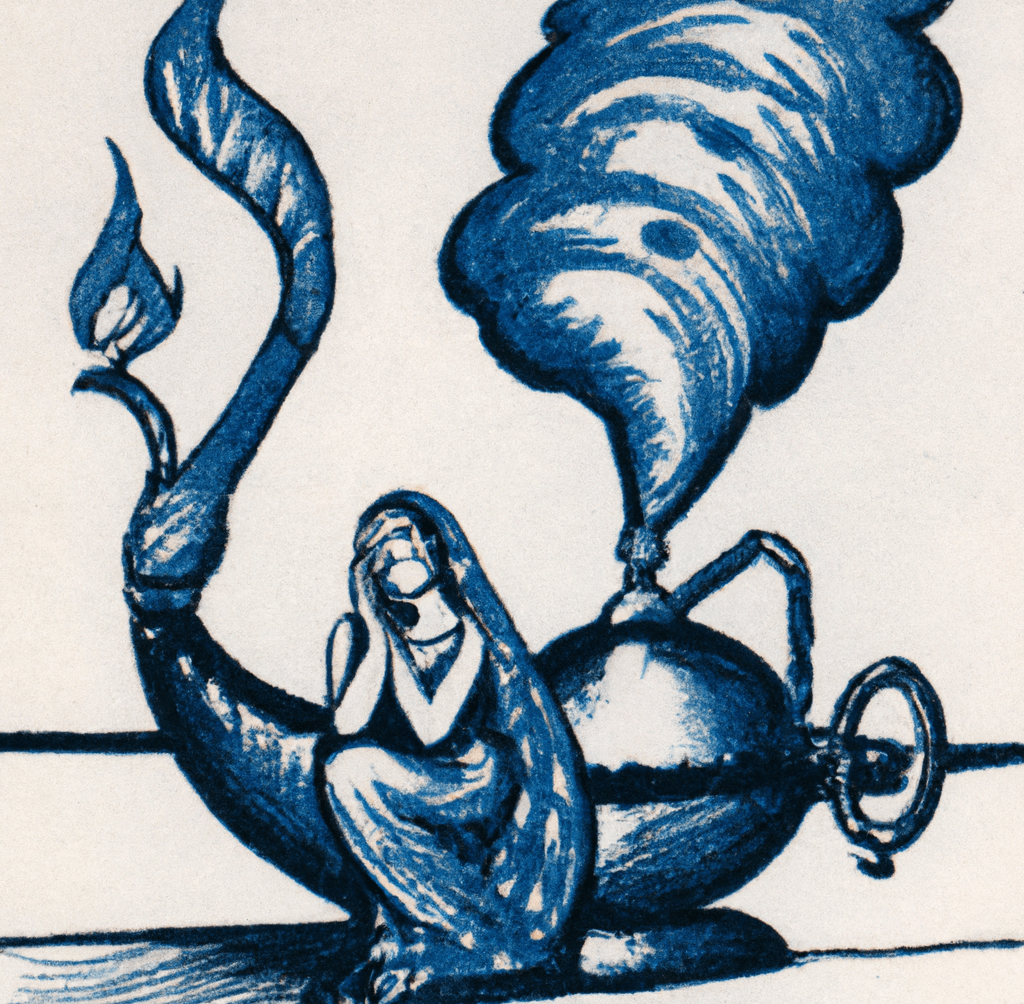
Rise of Genie Folklore in the Middle East:
As time passed, tales of genies began to permeate various cultures throughout the Middle East and beyond. These captivating stories often portrayed genies as cunning tricksters or benevolent beings, capable of bestowing fortunes upon those who crossed their paths. Legends of lamps or vessels that could summon and control these entities became a recurring theme.
The Arabian Nights, also known as One Thousand and One Nights, is a renowned collection of folk tales and stories that features genies prominently. In this influential work, genies were depicted as powerful entities who could be trapped in lamps or bottles, waiting to be released by an unsuspecting discoverer. The story of Aladdin and his magical lamp is perhaps the most famous example of this motif.
The Goetia and the Inclusion of Genies:
The Goetia, a medieval grimoire, is part of a larger work known as the “Lemegeton” or “Lesser Key of Solomon.” It details the summoning and control of various demons and spirits for the purposes of divination and ritual magic. The Goetia includes a list of 72 entities, often referred to as demons or spirits, some of which bear resemblance to genies.
While the Goetia primarily focuses on demonology, it is noteworthy that some of the listed spirits share characteristics with genies, such as their ability to grant knowledge or fulfill desires. However, it is essential to clarify that the genies depicted in the Goetia differ significantly from their traditional portrayal in Arabian folklore. The inclusion of genies in the Goetia represents a fusion of diverse cultural and mythological influences.
Contemporary Cultural Impact:
In modern times, genies have become an integral part of popular culture. From the classic Disney film “Aladdin” to literary works such as “The Bartimaeus Trilogy” by Jonathan Stroud, genies continue to capture the imagination of audiences worldwide. They are often depicted as wish-granting entities who possess great power, but with potential consequences for those who summon them.
Moreover, genies have also made their way into various forms of media, including video games, comics, and television shows. Their portrayal ranges from traditional Arabian folklore to contemporary reinterpretations, reflecting the evolving understanding and fascination with these enchanting beings.
Conclusion:
The history of genies is a tapestry woven from ancient mythology, cultural folklore, and modern adaptations. From their origins in Arabian mythology to their inclusion in the Goetia, genies have captured the imaginations of people across the ages. These supernatural entities continue to be an enduring source of inspiration, reminding us of the limitless possibilities and cautionary tales that accompany the pursuit of our deepest desires.
